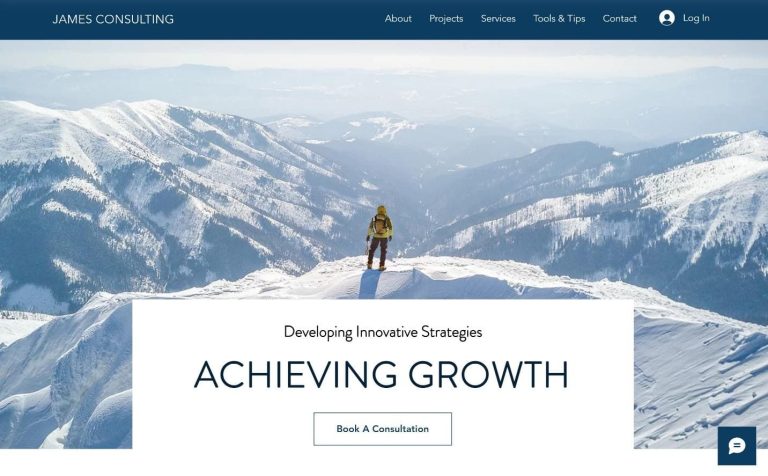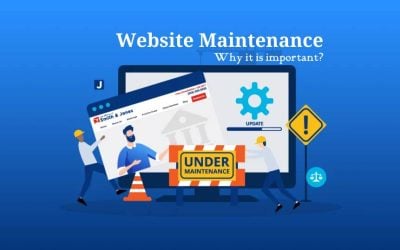Why Cheap or Badly Designed Websites can end up costing you more
In today’s digital age, having a professional website is crucial for business success. However, many businesses opt for cheap website solutions, believing they can save money. While the initial cost might be lower, the long-term consequences can be far more expensive. Here’s why investing in a quality website is a smarter choice.
1. Quality and Reliability Issues
A cheap website often lacks the robust infrastructure needed to handle real-world demands. Issues like slow loading times, frequent crashes, and poor user experience can drive potential customers away. For instance, a study by Google found that 53% of mobile users abandon a site if it takes longer than 3 seconds to load. These technical hiccups can tarnish your brand’s reputation and lead to lost sales.
2. Scalability Challenges
As your business grows, so do its digital needs. A low-cost website may not be scalable, meaning it can’t easily accommodate increased traffic, new features, or e-commerce functionalities. Upgrading a cheap site later can be costly and time-consuming. Instead, investing in a scalable solution from the start ensures your website can evolve with your business.
3. Security Vulnerabilities
Cheap websites often overlook essential security measures, making them easy targets for cyberattacks. A data breach can result in hefty fines, legal repercussions, and a damaged customer trust. The cost of recovering from a security incident far outweighs the initial savings of a low-budget website.
4. Ongoing Maintenance Costs
While a cheap website might seem affordable initially, ongoing maintenance can quickly add up. Outdated software, frequent bugs, and SEO updates require constant attention. A well-built website, on the other hand, is designed with future updates in mind, reducing long-term maintenance costs.
5. SEO and Performance Penalties
A low-quality website often struggles with search engine rankings. Poor SEO can lead to lower visibility, fewer visitors, and decreased conversions. In contrast, an optimized website can attract more organic traffic, driving sustainable growth and reducing reliance on paid advertising.
6. Poor User Experience
A clunky, slow, or hard-to-navigate website can frustrate users, leading to high bounce rates. According to research, a bad user experience can reduce conversions by up to 88%. Ensuring your website is user-friendly from the start can prevent these losses and enhance customer satisfaction.
7. Future-Proofing Your Investment
Technology evolves rapidly, and a cheap website may not keep pace with advancements. This could require a complete overhaul, which is both expensive and disruptive. A well-built website is designed to adapt to future changes, ensuring your investment remains relevant and effective.
8. Branding and Professionalism
A low-quality website can send the wrong message about your business. A poorly designed site may undermine your credibility, deterring potential clients. A professional website enhances your brand’s image, making a strong first impression and building trust with your audience.
Conclusion
While a cheap website might seem like a quick fix, it often leads to higher costs in the long run. From lost customers and security breaches to scalability issues and poor performance, the drawbacks are significant. Investing in a quality website ensures a robust, secure, and scalable foundation for your business, offering long-term benefits that far outweigh the initial investment.
Ready to build a website that drives real results? Consider reaching out to a professional web developer to create a site that not only meets your current needs but also sets you up for future success.







